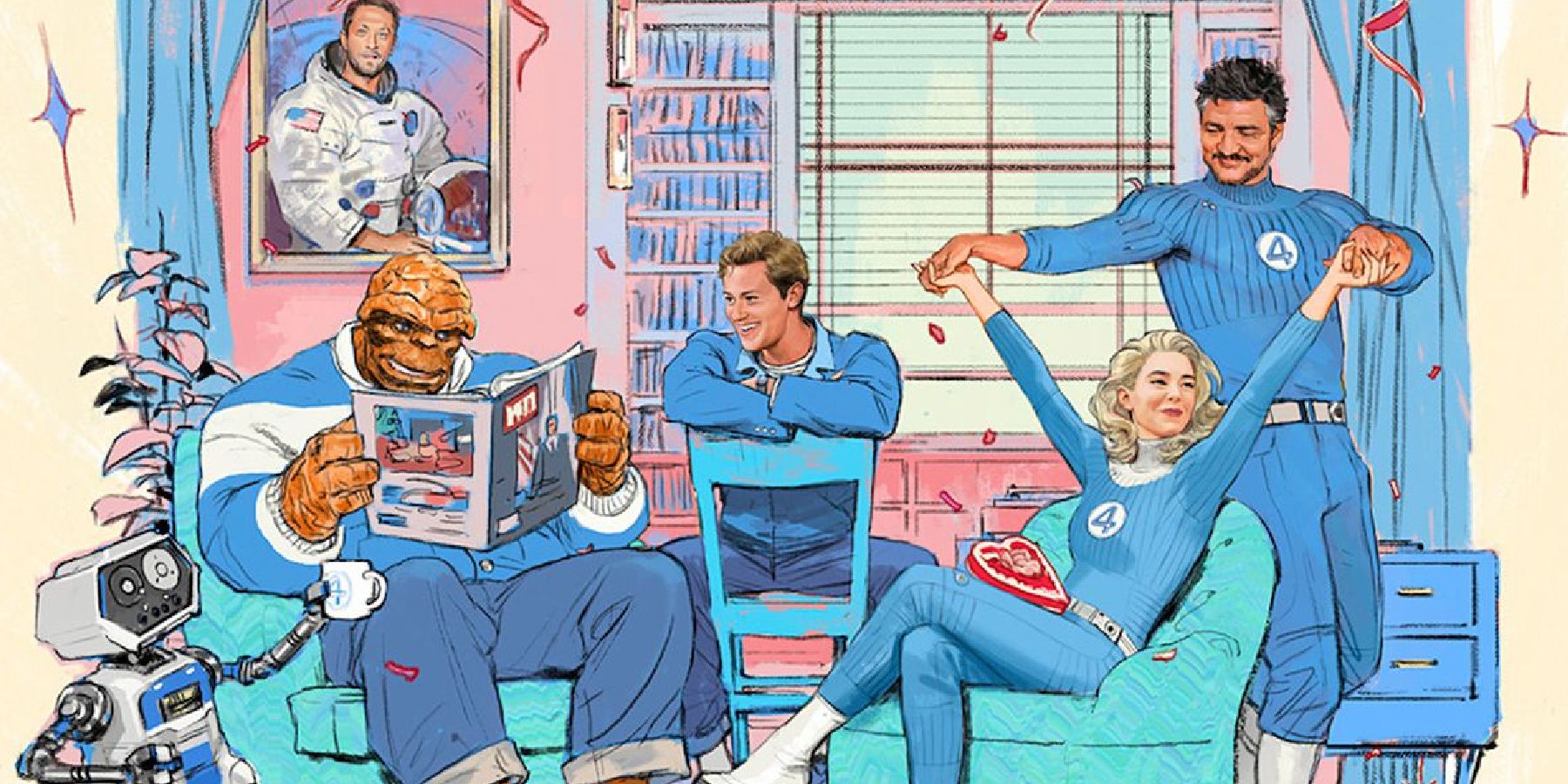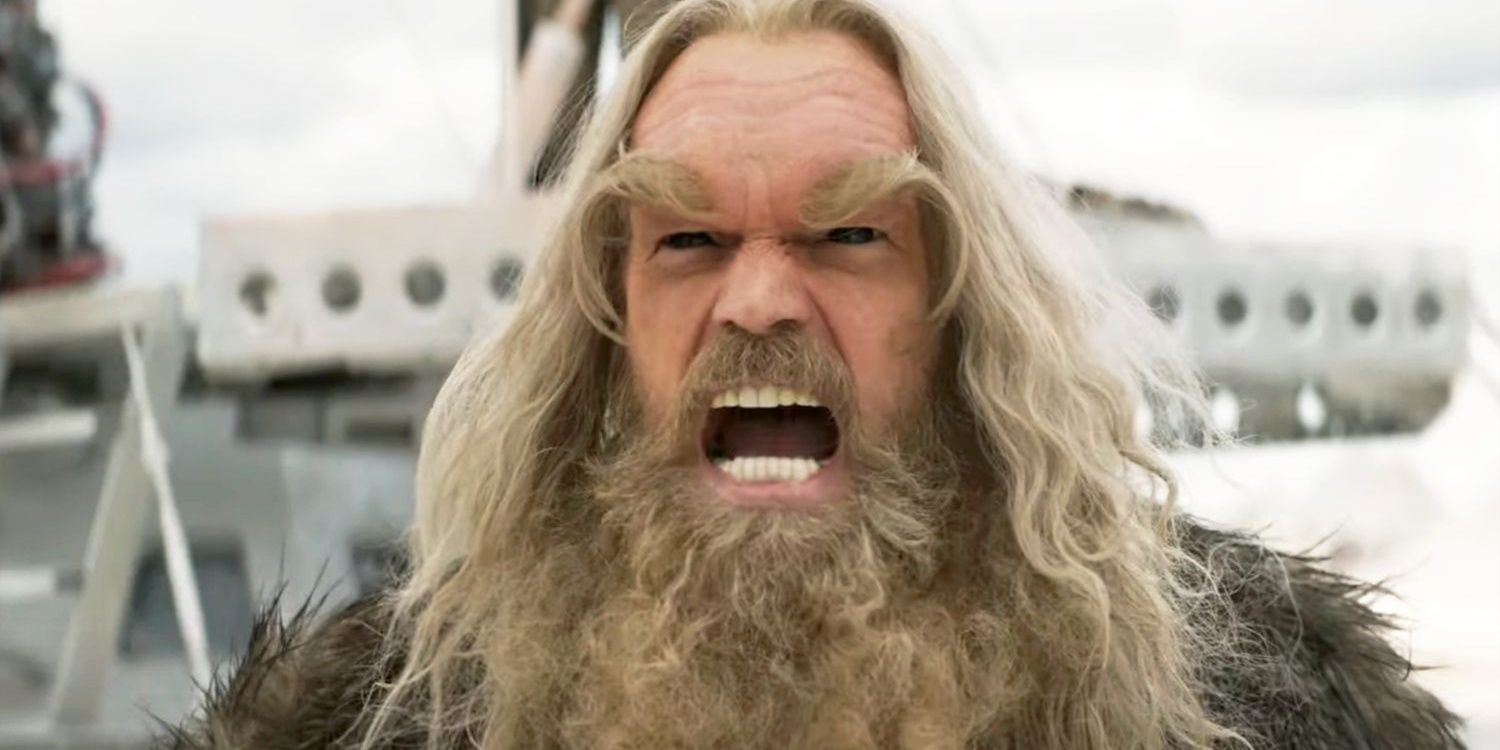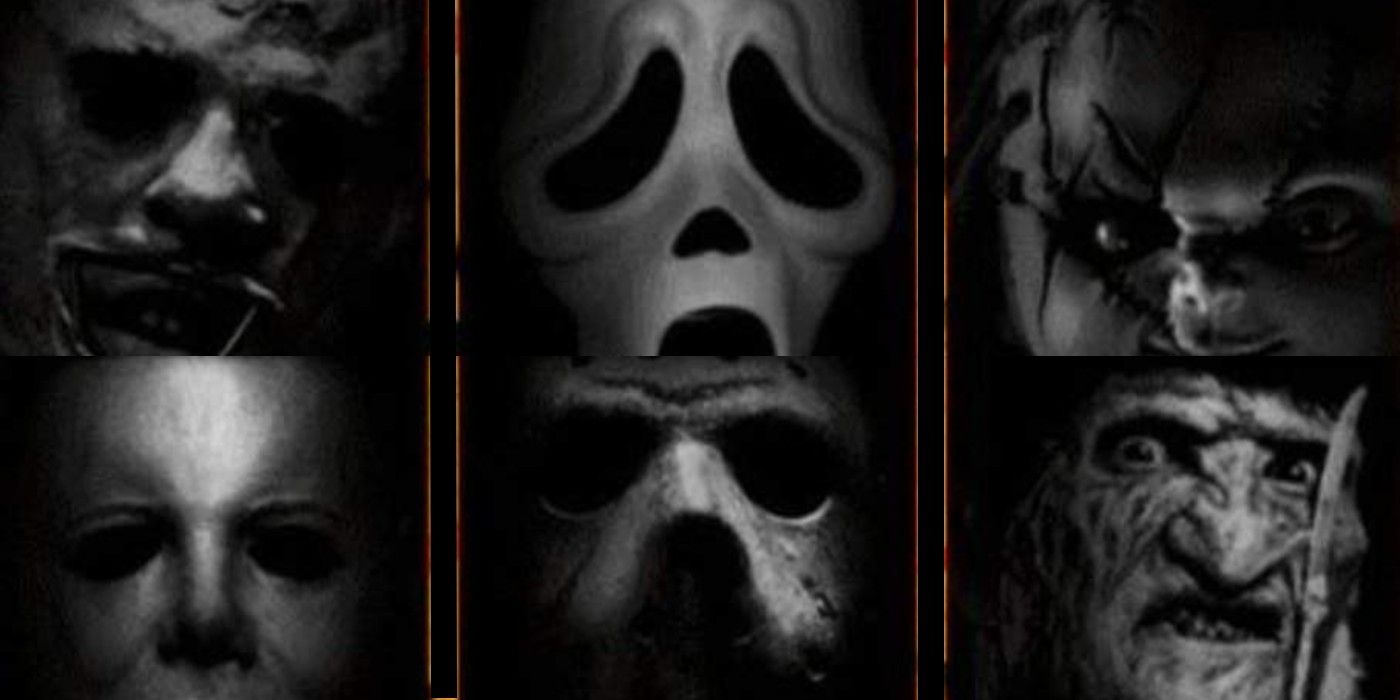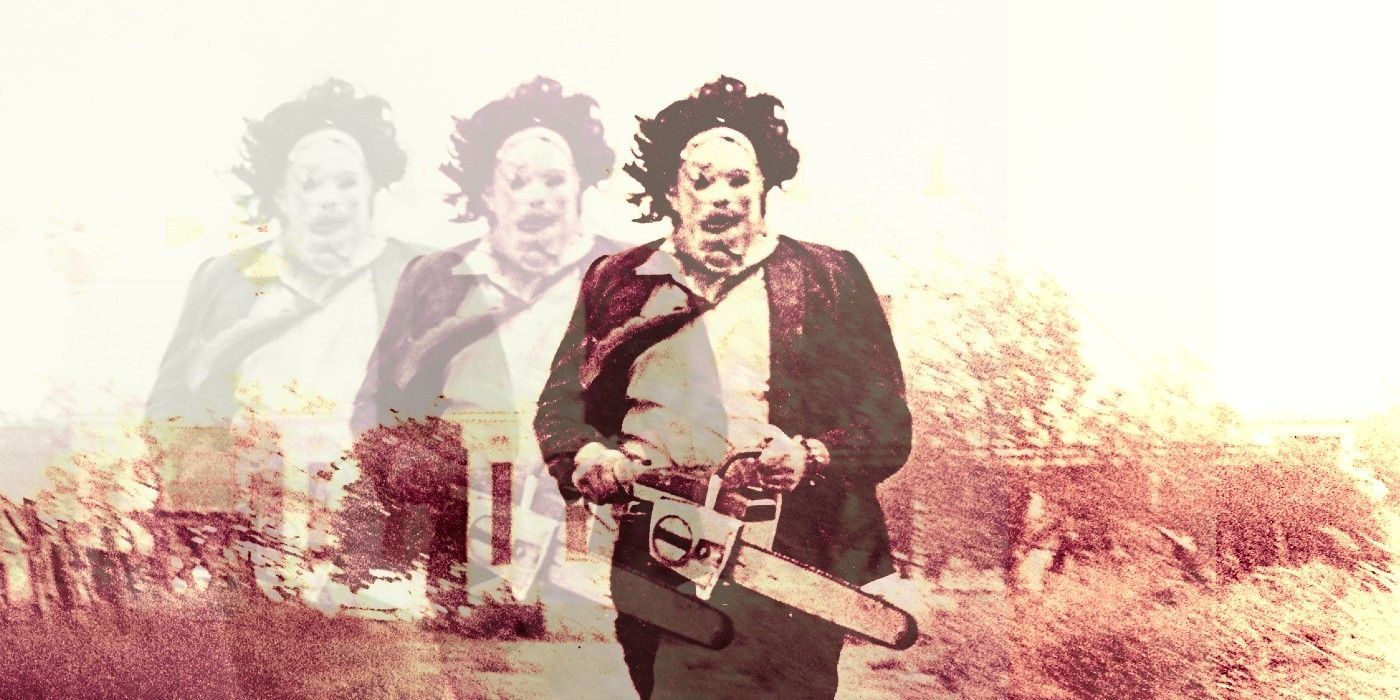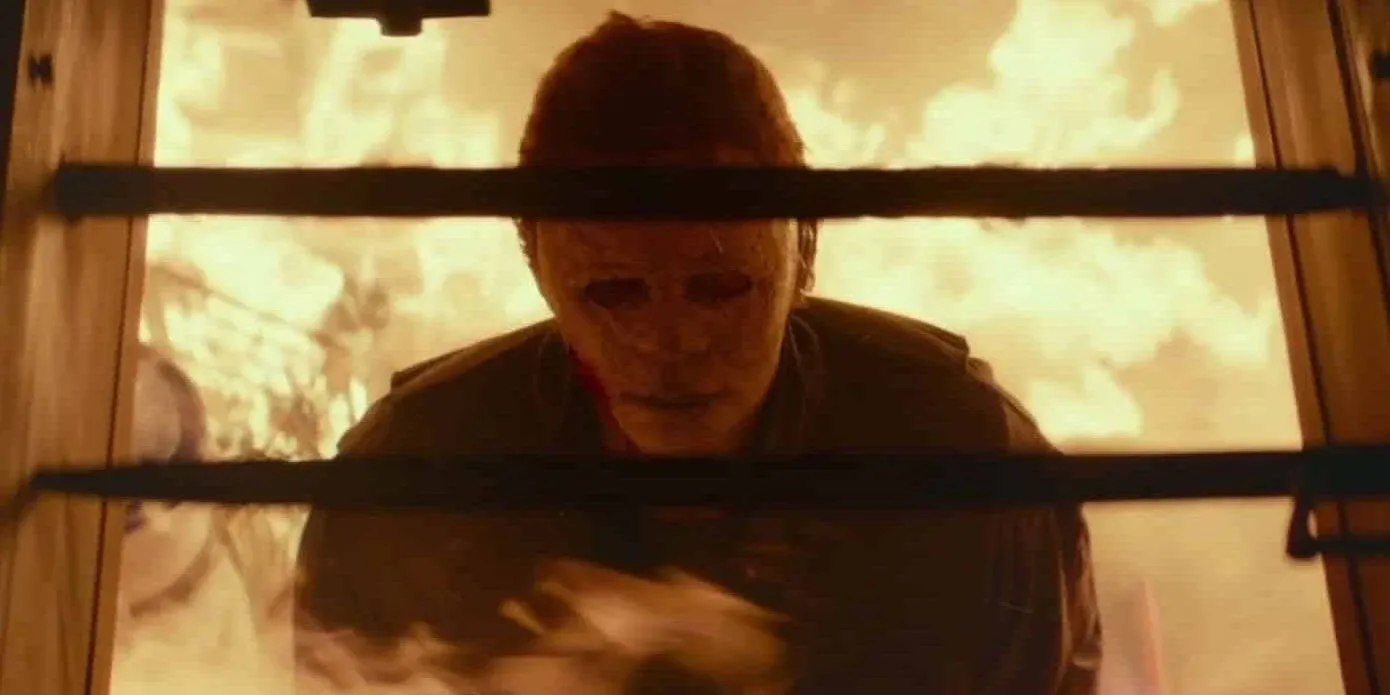The slasher genre utilizes a simple premise. Killer, victim, open environment, hunting. From Freddy to Jason, the slasher film has bled out multiple iconic characters and created the late night movie culture. So why can’t these reboots ever stick the landing?
Leatherface, Michael, Jason, Freddy, Chucky; even the most casual of horror viewer recognizes that line-up of slasher film’s greatest slashers. They exemplified and defined the slasher trope, victims stalked or hunted by a killer, becoming slasher franchises on their own with numerous sequels and a few reboots. And a lot of it is pretty bad.
It was 1974 when Tobe Hooper’s Texas Chainsaw Massacre was released to mixed reviews, several bannings and an incredibly successful box office. The painfully low-budget film by a twenty-something nobody from Austin created more realism and intensity to the genre. Texas Chainsaw Massacre influenced and refined the definition of slasher: a near-indestructible killer stalks or hunts their victims (who are usually young and guilty of something) until one victim remains (most often the Final Girl).
In Texas Chainsaw Massacre, a group of young teens is stalked and killed by Leatherface (and his short-lived cannibal family) until only Sally remains, bloody and hysterical riding away in the back of a stranger’s pickup as Leatherface swings his chainsaw around in rage. Texas Chainsaw Massacre is iconic with Leatherface having remained recognizable for over thirty years and a fanbase that not only loves it for the gore but for the incredible story behind its creation (that’s real animal bones in that real house during a real Texas summer).
In 2020, the Texas Chainsaw Massacre reboot was announced and forums and YouTube are not into it, from sassing on the trailer to disappointment in the Leatherface design. The movie doesn’t even have a release date yet and the fandom is done, which is incredibly common with Slasher Franchise reboots.
Two perfect examples of this are the attempted Friday the 13th and A Nightmare On Elm Street reboots released in the late 2000s. Both movies attempted to cash in on an already-established fanbase, but were missing what made the original films so special. The Friday the 13th reboot in particular dumbed down an already fairly uncomplicated story. Meanwhile, Elm Street practically recreated every classic moment form the original film, but without any of the practical effects or 80s camp.
The fact is, as simple as Texas Chainsaw Massacre is and as straightforward later entries into the genre like Friday the 13th and Halloween are, fans of the genre and the properties are not just interested. They’re invested. Not only in the idea or how awesome the slasher is (although that does help), but in the entire feel and experience of the film. And specifically the first one they view in the franchise.
Halloween (2018) as directed by David Gordon Green ignored all the sequels while advancing the classic characters of Laurie and Michael Myers forward in time making it a reboot as opposed to another (disappointing) sequel. Jamie Lee Curtis reprised her role of Laurie years later as a suburban survivalist with PTSD and a grown daughter Karen, played by Judy Greer, and the original Michael Myers, Nick Castle, returned to provide Myer’s chilling heavy breathing.
While the franchise had slid into slapstick moments (as most horror franchises do at some point), Halloween (2018) focused on dread and fear with an incredible one-shot following Michael Myers as he slashes his way through the neighborhood. It met the criteria for a slasher film while providing creative and bloody kills… and received mixed reviews. If any reboot should have broken through to success, it should have been Halloween (2018). What happened?
In general Halloween (2018) just didn’t fully meet fans of the genre’s expectations. And how could it? How could any reboot? Slasher films aren’t just a subgenre of horror, they were an impeccable part of growing up from the 1970s through the Slasher Film peak of the '80s to the genre's resurgence in the '90s with Scream. Cruising to the drive-in for a cheap double feature, sitting in a furnished basement watching flicks well after the family has gone to bed, staying up late at a sleepover trying not to wake the parents while Freddy grins from the screen.
Everyone who loves slasher films knows exactly where they were and who they were with the first time they stayed up late watching something like Friday the 13th. When a fan of the original franchise anticipates the reboot, they’re anticipating an opportunity to relive an experience. They’re looking for nostalgia. And that’s a little too heavy of an expectation for a reboot to carry, but, when a film is built to be an echo of another, someone’s bound to be disappointed.
Whether it's 2009's try-hard Friday the 13th reboot or close to art but far from the heart 2018's Halloween reboot, it won't top the film that plays in the fan's head. But the blood is cast. The possible Texas Chainsaw Massacre and Scream reboots are on the move and Halloween (2018) is a getting a sequel. After all, it’s not a slasher Film if the slasher doesn’t come back.


